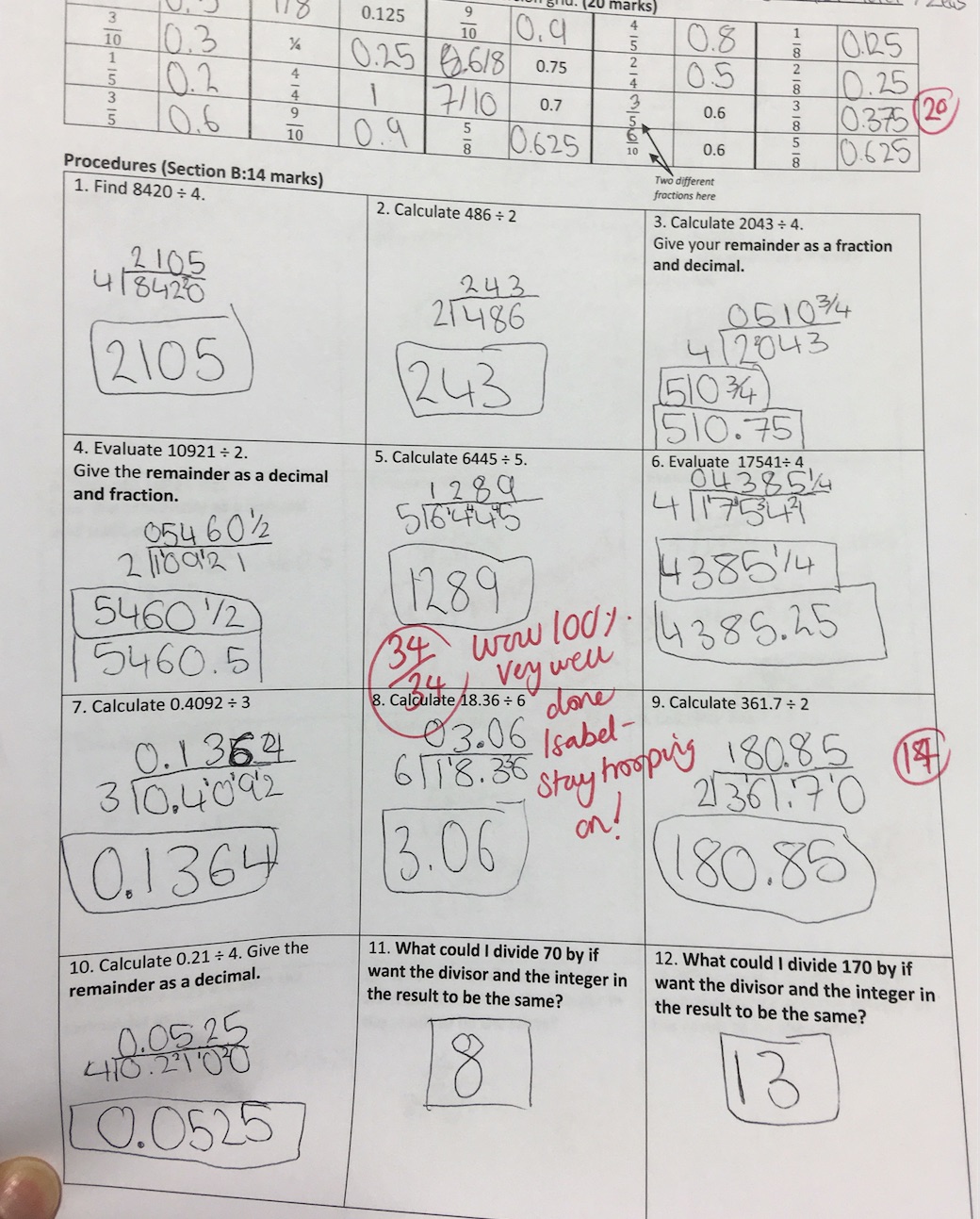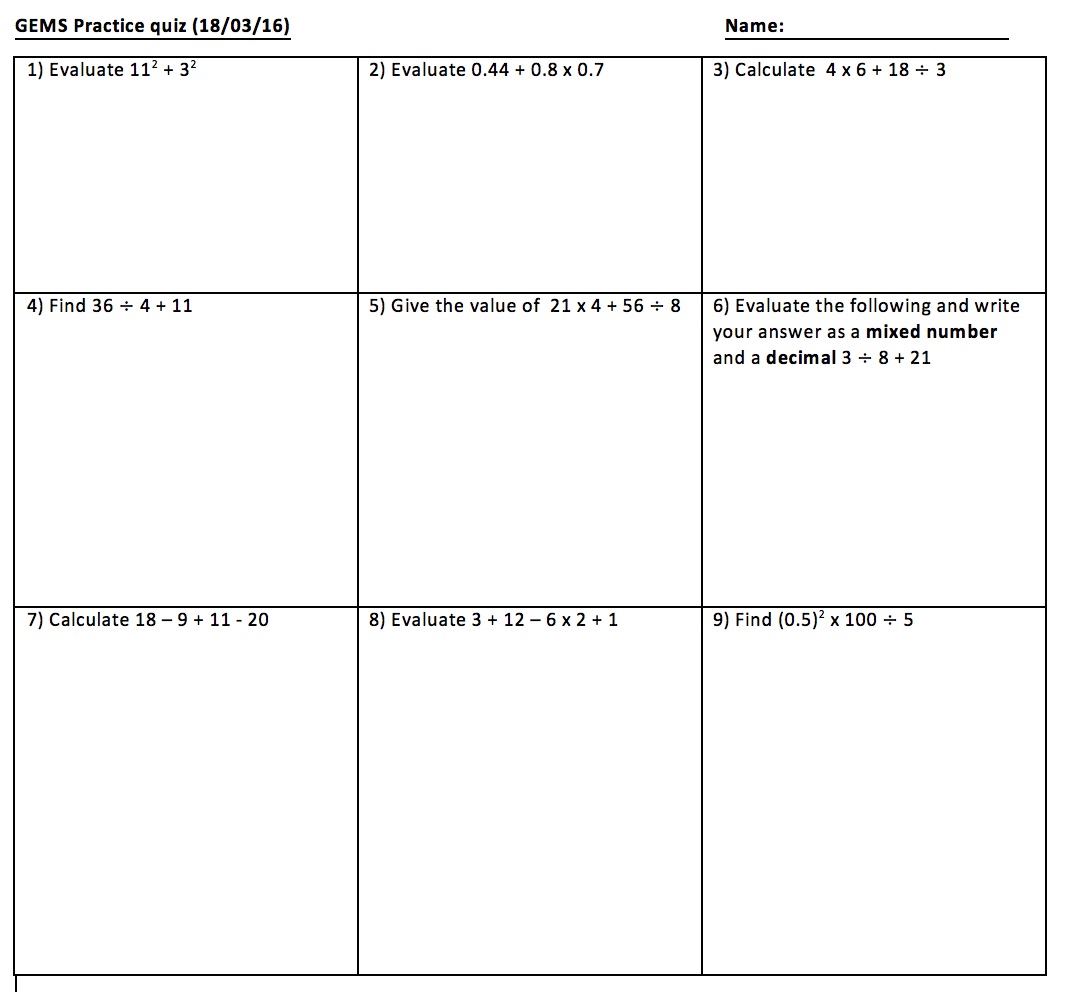Whilst teaching, I asked a question to my class after delivering a worked example listing all the factors of a number. Specifically, I was demonstrating that the number of factors of a square number will be odd because we have a repeated root, and therefore that we don’t write it twice. For example, 16 has the following factors 1, 2, 4, 8 and 16, whilst 36 has the following factors 1, 2, 3, 4, 6, 9, 12, 18 and 36. Also mentioning a non-example such as 15 having an even number of factors, because it is not a square number with a repeated root, and so 15 has the following number of factors 1, 3, 5 and 15 etc.
After the worked examples were delivered and pupils had completed a selection of questions in the practice set, I posed the question to check if pupils had remembered the fact taught: “Why do 16, 36, 81 and 144 have an odd number of factors?”
Pupils were given 20 seconds thinking time, and I could see hands all going up in anticipation to answer the question. I selected a pupil and this was her response:
“When you square root a square number you get the root number twice, so the root number is repeated, and that is why a square number will always have an odd number of factors when you write a list of factors.”
I responded “Incorrect,” and all the pupils in the class looked at me stunned, not because I said Incorrect, but because they thought that what *Sally had said was correct. Now, I know what Sally meant but that is not what was said. I then corrected her: “Let’s clarify that when we find the square root of a square number we get one value which is the root number. Therefore, √16 = 4. What *Sally is trying to say is that when you list the factors of a square number, like 16, you get a repeated root because within that list of calculations we have 4 x 4, and because it is repeated we only state one 4 as one factor out of many.”
As written in Doug Lemov’s Teach Like a Champion:
Right is Right starts with a reflection that it’s our job to set a high standard for answers in our classrooms and that we should strive to only call ‘right’ or ‘correct’ that which is really and truly worth those terms.
Many readers may be thinking well actually that is pretty obvious. However, it has its challenges. If I said to Sally “Well, you are nearly there, or halfway” then I would be doing her a disservice. Why? Because what she said was incorrect. It was not mathematically accurate, and I know that if I let that misinterpretation hang around in the air then all pupils in the room will develop a misconception around it. As a teacher, children believe that everything we teach them is correct, and if I allow slightly incorrect answers to seem ok, even though I knew what Sally meant, then my standards of Sally and her peers would not be high enough. As Lemov states in his field notes, “teachers are not neutral observers of our own classrooms,”— it is simply the thought that I know what the pupil means when they say something inaccurately that resonates the most with me.
For example, whilst marking an assessment a pupil wrote the unit for a compound area question in cm2 instead of m2 where metres was the unit used in the question for each length: I marked her answer incorrect. There are many debates on this and I do understand that this is not a calculation error but maybe an error in reading the question, or in stating the correct units, but nonetheless she did not write the correct units for the question. It is not right. By holding pupils to account, you are striving to equate the term ‘right’ with ‘correct’.
As Lemov has stated in his field notes, there are many caveats posed in implementing the strategy of ‘Right is Right’ in the classroom. He mentions the problem of time. That to fix *Sally’s mistake I needed to spend more time than planned in my lesson to correct her, but this is an investment that will be appreciated later on when a question such as this arises in a high stake exam.
Secondly, pupils who are shy or timid may become discouraged in putting their hand ups ever again because they made a mistake. However, I think that comes down to the culture you have in your classroom. Lemov talks about having back pocket phrases for moments like this, and here is the one I use frequently: “Thank you Sally for letting us all learn from your contribution, because of you, you have learnt so much more and so has everybody else.” Then at Michaela, we would give an appreciation with two claps to follow for Sally.
Right is Right is a challenging strategy to implement in the classroom. However, I wholeheartedly believe that it enables pupils to raise the standards of what they can achieve, and, for teachers, it ensures that expectations of what pupils can achieve also remain high.
*The child who I am referring to has been referred to as Sally, and not by her real name.



Recent Comments